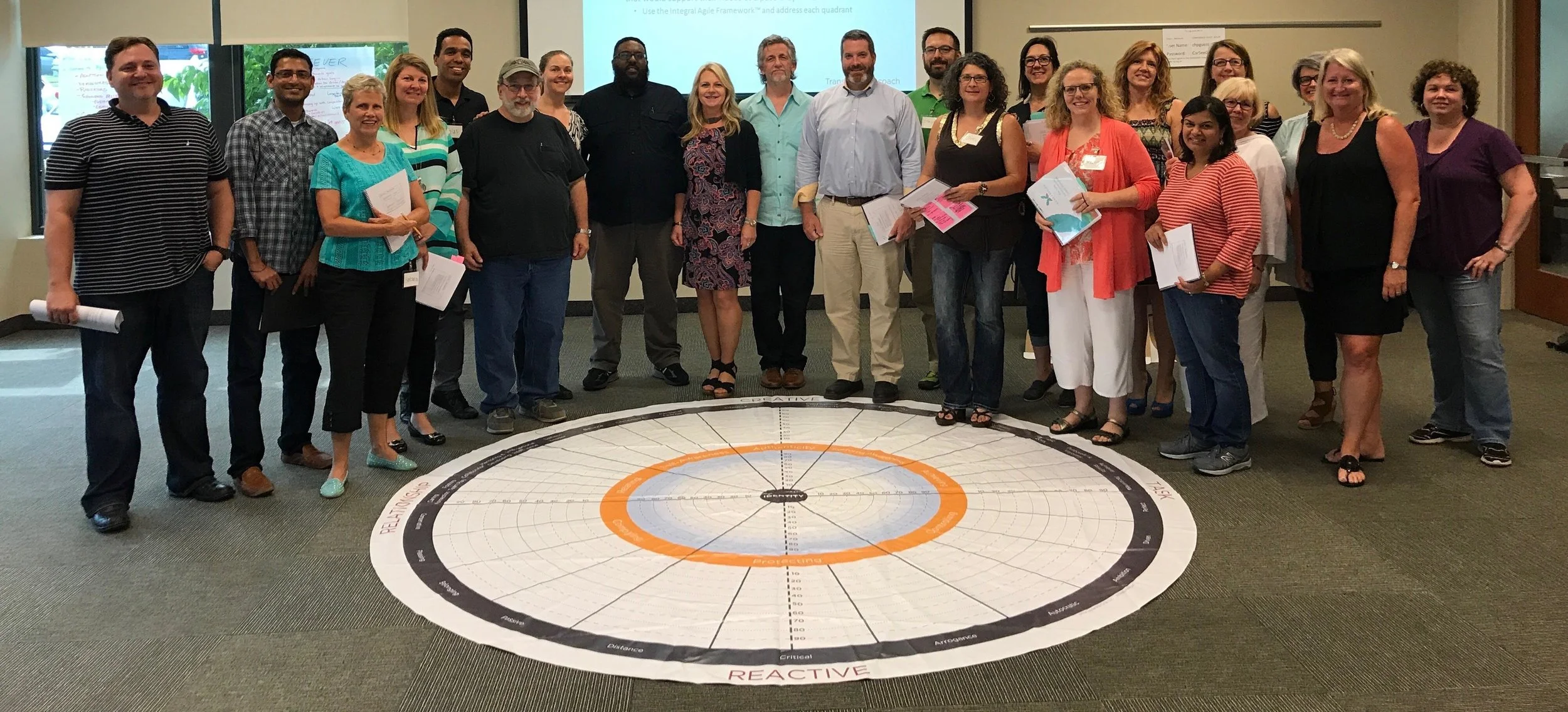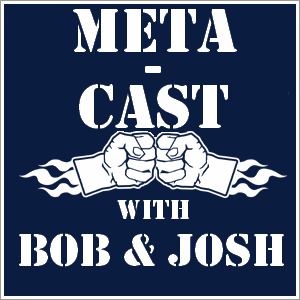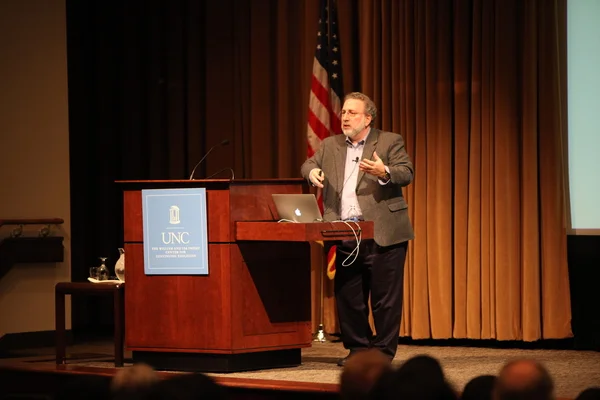A few of weeks ago I attended a 3-day workshop given by Trans4mation which was entitled, Agile Transformational Leader. They are a relatively new company that is focusing on the agile adoption, now transformation, space. They are led by Michele Madore and Michael Spayd. Michael is well known in the agile coaching space, having founded ACI with Lyssa Adkins. And Michelle is a very seasoned enterprise-level agile coach. They both co-taught the workshop with Stuart McCalla.
One of the backdrops for the course is the Leadership Circle assessment tool for leadership affinity. It wasn’t clear to me going into the workshop just how pervasive this tool/model was in their material. To say that it is “central” is probably an understatement.
In this post, I want to share some of my observations and learnings associated with the workshop.
I often feel that we’re looking for very large revelations in our agile teams.
- In our learning;
- In our experiments;
- In our discovery;
- In our progress;
- In our delivery;
- In our experiences;
- In our journey.
But Joshua Kerievsky reminded me in this article that agile progress, and life in general, is best experienced and measured by the smaller moments. He calls them Aha’s.
But we need to “find them”
I often ask students in my classes to identify any Aha’s they’ve had during the class. I have no magic number that I’m looking for, but I am looking for some self-discovery and inspiration for each individual.
Quite often I get very few Aha’s. Now you might be saying that it’s because I’m a boring teacher teaching less than relevant ideas. And that might be somewhat true.
But I also think the challenge is that we’ve been programmed to look for big, hairy, audacious Aha’s and to look over the smaller, incremental steps. But that's a mistake in my view. Of course, sometimes we advance by leaping a tall building. However, those events are rare. Much more often, we advance with little "baby steps" of discovery and learning. An Aha! if you will.
Josh made me re-realize how important these steps are.
Wrapping Up
So, the one additional thought I have for Josh’s article is for all of us to be on the lookout for Aha’s.
- To always look for them;
- To be ready for and receptive of them;
- To be thoughtful and reflective about them;
- And to appreciate the Aha for the positive forward step that they are…
Stay agile my friends,
Bob.
Every year I try to spend time on my own training. I usually start thinking about two things the year before:
- What are some knowledge gaps that I have that I’d like to fill, and
- What are upcoming trends that will cause me to become obsolete if I don’t get ahead of them?
Then I review the available courses and I’ll try to come up with 2-3 things that I’ll focus on for improvement.
Last year I posted my first "Sharpening the Saw" post in June. That inspired me to do it again for 2017, but closer to the beginning of the year. You'll probably see this become an annual post to remind me (and perhaps you) to plot a journey of continuous learning.
At the end of 2016, Josh and I had published 106 posts on our Meta-Cast agile podcast that we started in January of 2010. So, we've been LIVE for 7 years now.
In that time, we've published on virtually any agile topic you can think of. I thought I'd share our Top 3 podcasts from 2016.
In this segment, we actually review one of our early podcasts that focused on agile testing and then shared some of our updated thoughts and reactions to the topic. It turns out that much remained the same, but there were difference (shifts) in our thinking.
In this segment, we explored the "movement" that is implying that agile is DEAD. We look at the forces behind it, the why if you will. But we also weigh-in on our own thoughts. And if it's not dead, where IS agile now and where is it GOING.
What's interesting in this segment is that Josh shares his direct experience at The Dude implementing agile methods. His focus has been on Scrum, Spotify, and a bit of SAFe. He characterizes it as The Agile Donut. Listen in.
The Meta-Cast is into it's 8'th year. We hope you continue to follow us and that we continue to provide value to the community.
Stay agile our friends!
Bob.
If you know me at all, you know that I speak at approximately 15-20 events per year. Sometimes, at small local conferences. Other times, at larger national conferences. And still at other times, I'm lucky enough to be invited to international events.
The reason I do it is much less about marketing or exposure, and much more about sharing my ideas in what I view as the "agile community". Even though I'm a strong introvert, I enjoy getting out there and meeting people. Getting the opportunity to share, debate, network, argue, and simply chat about all things agile (and occasionally other topics ;-)
To be fair, I’ve been fairly critical of some aspects of the Scaled Agile Framework. And even though I’m a SPC, I still don’t blindly install SAFe in many of my clients. That being said, there are a majority of my clients who are using (or planning on using) SAFe, so I get exposed to it quite often.
While I personally struggle with the agileness of much of SAFe, in the spirit of fairness, I do think there are concepts in the framework that are healthy and useful. So let me share a few of those...
I remember my first reading of the DAD – Disciplined Agile Framework by Scott Ambler that one of the areas he emphasized was governance.
When I first read it I had two immediate reactions:
- What did he mean by “governance”?
- And why care about it within agility; wasn’t that something agile intended to minimize or eliminate with transparency?
So to say that I was less than impressed by DAD initially was an understatement. But over time, I’ve kept up with Scott’s writings and explanations of his intentions with DAD. And to be honest, I like what I’m hearing of late.
Until they realize that:
They have to sometimes say NO to some stakeholders;
They have to make decisions; short term vs. long term; tactical vs. strategic; now vs. later;
They have to peer into the future and anticipate customer needs;
They have to aggregate opinions from multiple, sometimes very powerful and unique, voices;
They have to trust their teams;
Every year I try to spend time on my own training. I usually start thinking about two things the year before:
- What are some knowledge gaps that I have that I’d like to fill, and
- What are upcoming trends that will cause me to become obsolete if I don’t get ahead of them?
Then I review the available courses and I’ll try to come up with 2-3 things that I’ll focus on for improvement.
This year, I’ve planned on the following:
- Training from the Back of the Room, by Sharon Bowman
- The Nexus framework for scaling Scrum, by Ken Schwaber and Scrum.org, in July
- And Leadership Agility 360 workshop, by Bill joiner, in November










